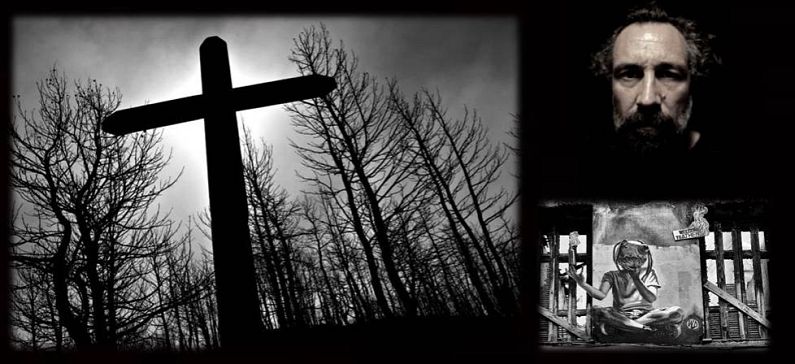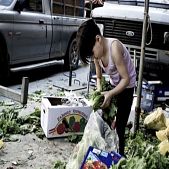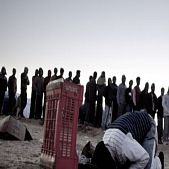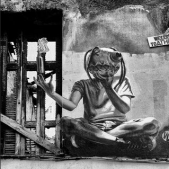
New York Times: Tribute to Greek photoreporter
Nikos Pilos’s career highlights include a stint in Lebanon during the 1988 civil war, coverage of the Yugoslav wars a couple of years later and 100 days living with civilians outside the Green Zone during the height of the Iraq war. The award-winning photojournalist was born in Corfu.
“I sort of specialize in crisis” Mr. Pilos said.
His latest work embodies that statement – except the crisis affects his father, his friends and his homeland, Greece. With the economy in shambles after the onslaught of the 2008 recession, he has been documenting the decline of the middle class, which he says is nonexistent at this point, much like many Greek institutions.
His project started in 2004, when Mr. Pilos, who lives in Athens, began to fear government waste and obscuring of huge amounts of money as it prepared to host the Olympics. The final numbers were never revealed, and the distance between the initial $8 billion estimate and what some figured was actually double, Mr. Pilos believes, foreshadowed Greece’s current grim economic situation.
Shortly after, the economy began to stall and Mr. Pilos turned his attention to homelessness, which he believes is the most devastating result of Greece’s current economic predicament, and a particularly sore spot for a country that prides itself on homeownership.
Homelessness – and the anxieties of teetering on the brink of it – spurred a rise in drug addiction, with heroin addicts shooting up on streets already in disarray. “Not many people laughed or smiled; you could feel the sadness” Mr. Pilos said.
Tears and smeared mascara created a dark mess that was almost symbolic of her country’s turmoil. She was one of many employees who secretly occupied the station for some five months after it was officially shut down that June, with close to 3,000 employees losing their jobs in a matter of hours.
Although Mr. Pilos had covered various aspects of the crisis, it wasn’t until a friend recently suggested that he combine all of his work that he realized what a sweeping visual statement he had.
“I went step by step and realized if I put it all together I have almost an overview of what is really going on,” Mr. Pilos said. And if looking at his dark, sinewy overview presents a dismal picture, it is intentional.
“Basically I am terrified. If this is the future of the Western world, it is a mess.”
Source: New York Times















